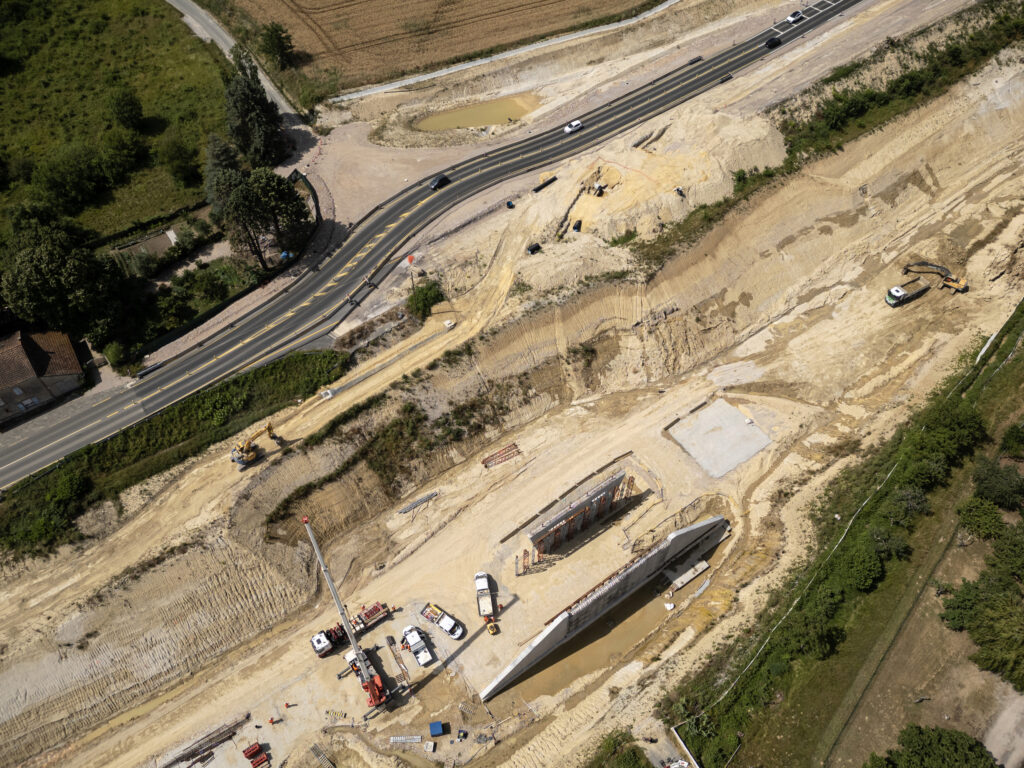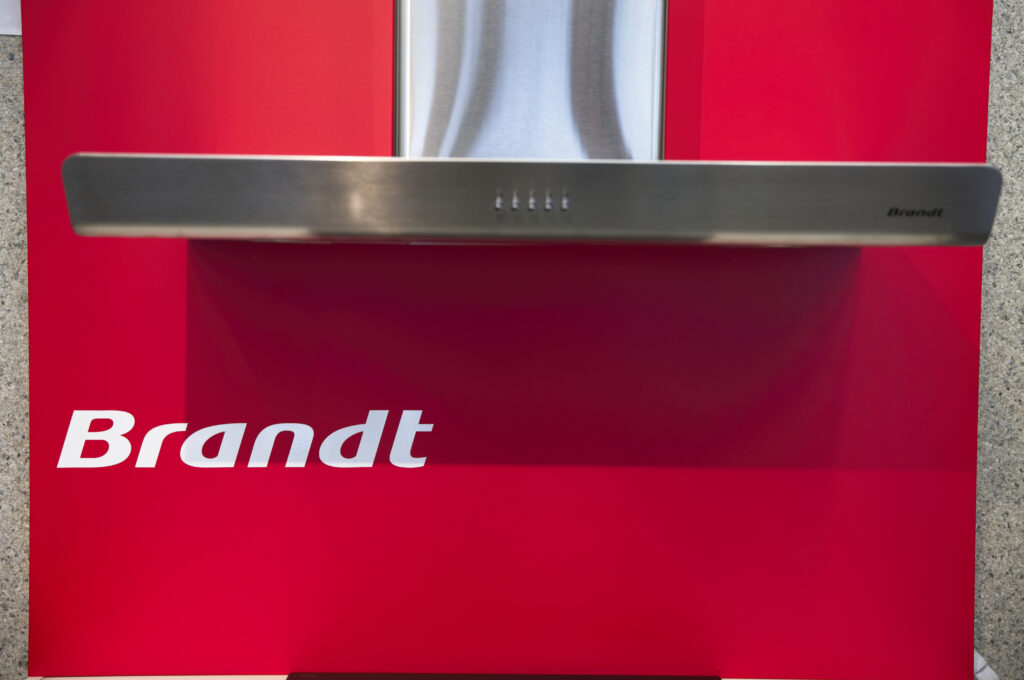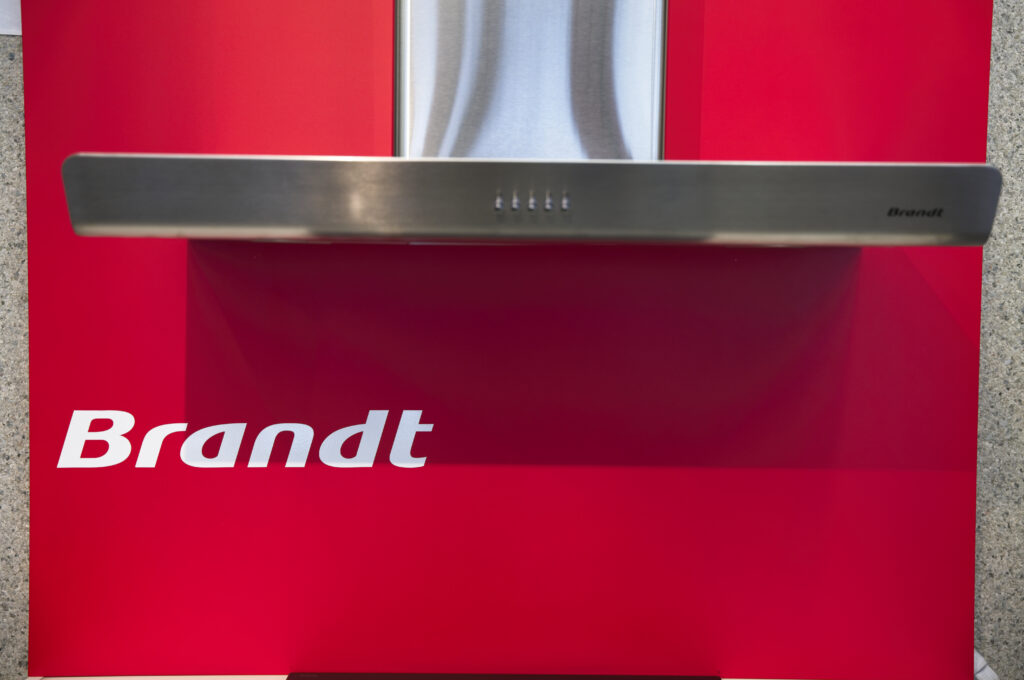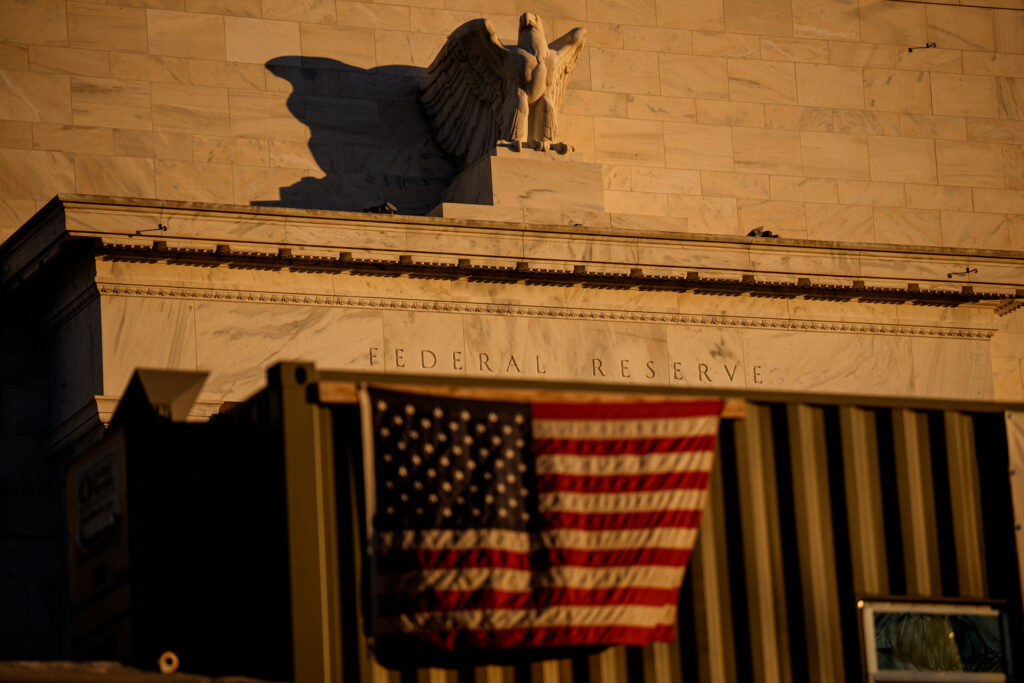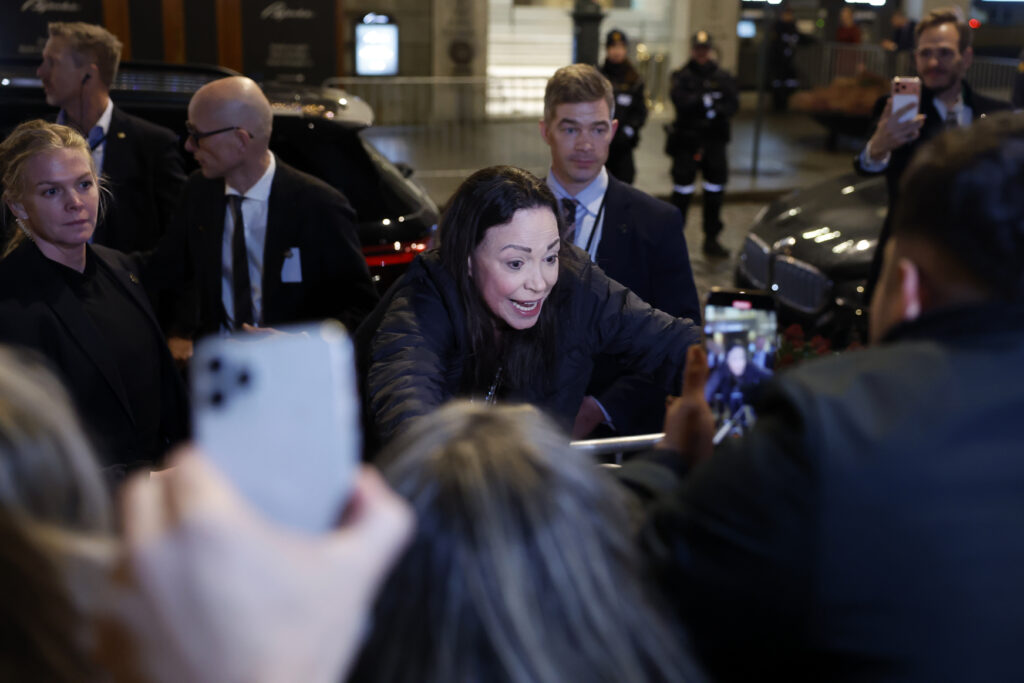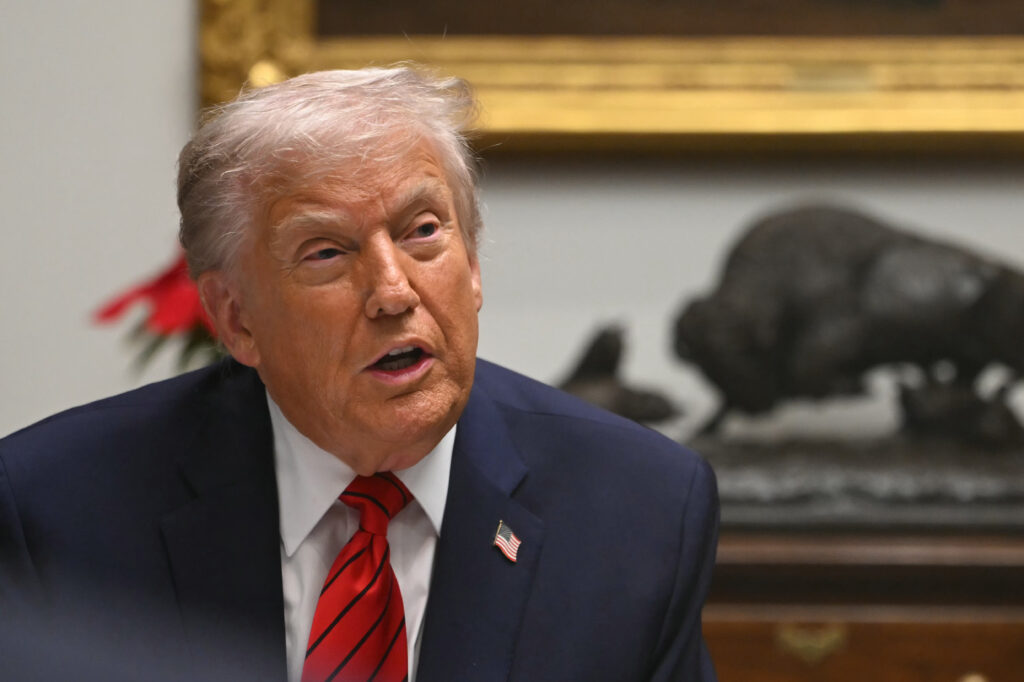L’A69 devant la cour d’appel, audience cruciale pour l’avenir du chantier
La cour administrative d’appel de Toulouse se penche jeudi sur le chantier de l’autoroute A69, une étape décisive pour la construction de cette infrastructure contestée dont le rapporteur public a d’ores et déjà souhaité la poursuite.Ce magistrat dont la vocation est d’éclairer les décisions des juridictions administratives et dont l’avis est en général suivi, a estimé, dans ses conclusions, qu’il convenait de revenir sur la décision du tribunal administratif de Toulouse qui, le 27 février, avait annulé l’autorisation environnementale ayant permis le démarrage des travaux, en 2023.Le rapporteur public Frédéric Diard estime en effet que ce jugement du tribunal établissant “que le projet de liaison autoroutière entre Castres et Toulouse ne répond pas à une Raison impérative d’intérêt public majeur (RIIPM), n’est pas fondé”.Jeudi matin, il doit développer sa position dans une salle d’audience qui promet d’être comble, comme elle l’a été tout au long des différentes étapes procédurales de la longue bataille juridique autour de ce projet de 53 km de voie rapide, devenu depuis plusieurs années un symbole des luttes écologiques.- Opposants mobilisés -Un rassemblement des anti-A69 est attendu à partir de 08H30 devant les portes de la cour administrative d’appel alors qu’une dizaine d'”écureuils”, des militants écologistes suspendus à des arbres, ont pris place depuis mercredi dans des platanes faisant face à la juridiction.”Nous invitons les médias à venir écouter attentivement les motivations du rapporteur lors de l’audience”, a réagi le principal collectif d’opposants à l’A69, “La Voie est libre” (LVEL), après avoir pris connaissance de sa position.”Il doit nous donner une démonstration irréfutable du caractère vital de l’A69. N’en doutons pas”, a-t-il ironisé, alors que le collectif s’était indigné que M. Diard soit reconduit comme rapporteur public pour cette audience cruciale alors qu’il avait déjà pris position en faveur de l’A69 dans une première procédure liée à ce dossier.En mai dernier, il avait en effet souhaité que la cour administrative d’appel se prononce en faveur de la demande présentée par l’Etat et le concessionnaire Atosca d’un “sursis à exécution” du jugement du tribunal administratif de Toulouse, une requête visant à faire reprendre les travaux, interrompus par cette décision.La juridiction d’appel, présidée dans cette procédure par Denis Chabert, avait suivi le rapporteur public, ce qui avait permis une reprise progressive du chantier au cours de l’été. M. Chabert préside également l’audience qui s’ouvre jeudi.- Chantier à plein régime -Les opposants ont demandé à ce que ce magistrat, tout comme M. Diard, ainsi qu’un troisième ayant également participé à l’audience de mai, ne siègent pas jeudi mais leur demande de récusation a été rejetée.”Avec cette décision, la justice creuse elle-même le fossé qui sépare les citoyens de l’institution”, selon LVEL.Sur le terrain, près d’un millier de personnes travaillent sur ce vaste chantier où le ballet des tractopelles, niveleuses et autres bulldozers bat son plein: 82% des terrassements et 95% des ouvrages d’art (ponts, viaducs, structures de soutènement, etc.) sont désormais réalisés, affirme le maître d’œuvre Atosca, même si les opposants contestent ces chiffres.Le chantier s’apprête à rentrer dans sa phase ultime, avec la pose, à partir de janvier, des 500.000 tonnes du revêtement que les deux centrales d’enrobé à chaud, installées en novembre, se préparent à produire.Fervent soutien du projet, le ministre des Transports, Philippe Tabarot, a répété à la mi-novembre qu’il souhaitait “mettre en route cette autoroute d’ici au mois d’octobre 2026”.L’audience d’appel doit permettre de définitivement “clarifier” les choses, a-t-il dit, espérant voir le chantier “continuer sereinement pour tenir les délais”.

